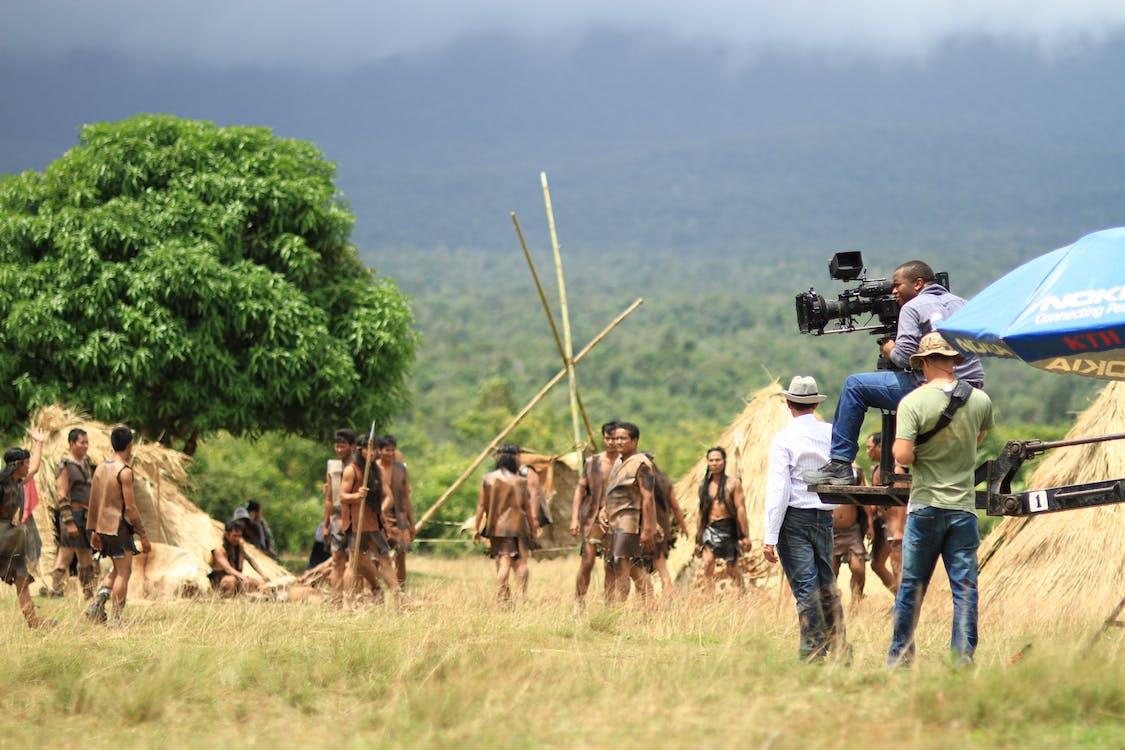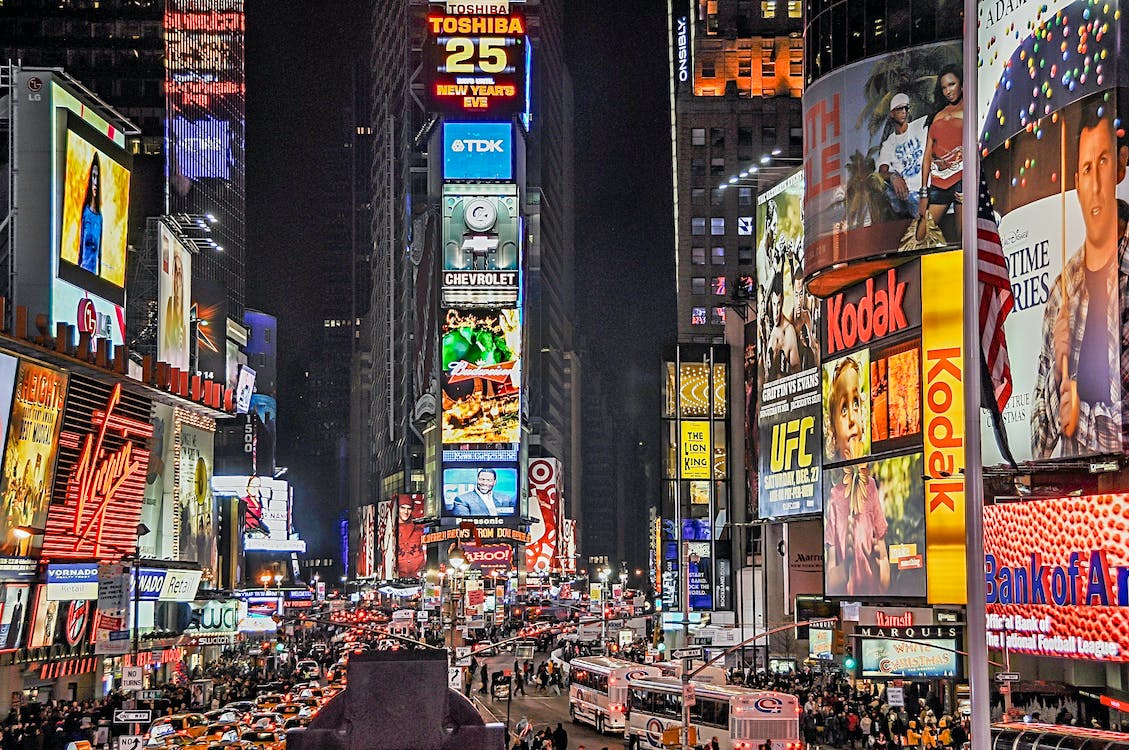In a society where the desire to travel is as pervasive as the screens we watch, the fusion of film and travel has developed into an enthralling phenomenon. Movies take us to other places, spark our imaginations, and inspire us to visit the locations we see on the big screen. The article explores the fascinating connection between the world of cinema and the tourism sector, examining how the settings of movies can amaze, inspire, and alter how we travel the earth. Join us as we travel via film, letting the camera’s lens inspire our wanderlust as we encounter both fiction and reality.
What is film tourism?
Film-induced tourism explores how movie and television productions influence how potential tourists choose their next vacation or place of visit.
People are motivated to travel and see the locales featured in movies, documentaries, television shows, and ads. In addition to providing potential for product and community entrepreneur development, film tourism is a great tool for destination promotion. A few examples are film history museums and site excursions.
The Lord of the Rings trilogy, which was shot in New Zealand, serves as one of the greatest illustrations of film-induced niche tourism. Many visitors of present and potential foreign visitors to New Zealand have watched at least one of the trilogy’s three films. Even while there is not any proof that the movies had anything to do with their decision to travel there, it was undoubtedly a driving factor.
More than two-thirds of the visitors polled said they would visit the country as a result of the movie, demonstrating the ability of cinema to increase awareness of New Zealand and highlight the effect a film has on tourists’ choice of destinations.
Benefits of Film Tourism
Film tourism, often referred to as film-induced tourism, is the practice of tourists visiting a location as a result of seeing it on a movie or television screen.
Consistent tourism earnings
Tourism seasonality has been identified as a problem. However, movie locales may be a year-round, all-weather draw that helps with this problem in the travel industry.
A good illustration is the Lord of the Rings trilogy. 47,000 tourists visit New Zealand each year. Some of tourists say that the film was the primary inspiration for their trip.
Traveling both domestically and abroad is often influenced by seeing renowned and amazing sights on television.
Exposure
When utilized as filming locations, most movies bring attention to certain nations on a worldwide scale. Because it draws in investors who can support local firms, this is advantageous for the economy of the nation.
On the other side, the tourists that travel to these nations can bring in new clients for the local company owners.
An international audience has taken notice of Lagos, Nigeria’s Third Mainland Bridge. The bridge has been highlighted in films like King of Boys, Wedding Party, and others to garner attention on a global scale.
Provision of jobs
The community can gain from work opportunities in some film production initiatives. More than 3,100 Georgians were employed locally during the production of Marvel’s Black Panther. Payroll for the movie production was roughly $26.5 million.
How Movies Can Boost Tourism in a Country
There are many chances for growth and community development in the film tourism industry. The cinema business has shown to be successful at luring visitors to a nation by alluring pictures on the screen, much like any other type of tourism.
Increasing People’s Awareness
Filmmakers do this by filming in unfashionable locales. This increases the nation’s prominence and affects the audience’s decision to travel there. Nigeria’s Lagos Mainland Bridge serves as an illustration.
Highlighting Beautiful Scenes
The quality with which a location is portrayed in a movie might help audiences associate that place with a certain value. Using this technique, filmmakers may arouse a desire in the viewer that did not exist before.
Creating Attraction Sites
Themes from movies may be used by filmmakers to design tourist attractions. Fans of The Lord of the Rings may stay at motels in New Zealand with a hobbit motif.
Sites with attractions based on themes help viewers visualize a movie. They relive the event as if they were part of the cast in the movie.
Positive impacts of film tourism
Is this effect favorable? Film tourism does offer advantages in many ways. Additionally, it functions both ways. Some visitors could be going to a place anyhow when they learn from promotional materials, tours offered, and other sources that it was used to film a certain movie. They could then be inspired to see the movie when they would not have otherwise! The film business is impacted by things like props, posters, and signage.
Of course, the venue itself and the area(s) in its immediate vicinity will benefit the most. People are traveling to places they may not otherwise be interested in, which results in spending money. Money is coming in, whether it be from tour operators, regional businesses, hotels, or other sources. Better jobs, a higher level of life, and a sense of local pride result from this.
Areas can project a joyful and positive image by marketing themselves as film locations. Free advertising for them is provided by the movie, and as more and more people see the film(s), the impact will only grow.
Additionally, it encourages government officials and locals to make an effort to protect the region, especially in terms of the environment but also in terms of infrastructure. Both the locals and, naturally, any tourists benefit from this.
Negative impacts of film tourism
Are there any disadvantages to movie tourism? Like anything else, some disadvantages may be examined with the numerous benefits. First off, if this transformation occurs extremely rapidly, places will not be ready for a sudden flood of tourists. Destinations require time to make sure there are adequate hotel rooms or other accommodations and that their roadways can handle a greater volume of traffic. The urge to develop trips may also affect tour operators.
Traffic will probably increase. This might result in backed-up traffic, which is never good for locals. Many residents in tourist-oriented locations are irritated by the fact that more tourists also imply less privacy. New tourist places are always emerging thanks to the film industry, so you may live somewhere for decades without it ever being a well-liked tourist destination before it becomes one day.
Of course, one of tourism’s effects on the environment is increased traffic. Emissions will increase and air quality will deteriorate, which will have a significant negative influence on climate change. A place may suffer from increased traffic, greater litter, and overall disregard for the environment.
The question of copyright must also be taken into account. Some movie franchises and studios forbid locations from using the film or series to market themselves; as a result, the destination receives more visitors without having the opportunity to make money in their own (and typically the most advantageous) method.
Conclusion
The importance of the film industry to the growth of any nation has been established. Filming in these places and showing the results on screens all over the world and streaming platforms has promoted growth and exposure in addition to entertaining viewers. As a filmmaker, you should incorporate appealing locations in nations that can capture the attention of the audience in your production strategy.





